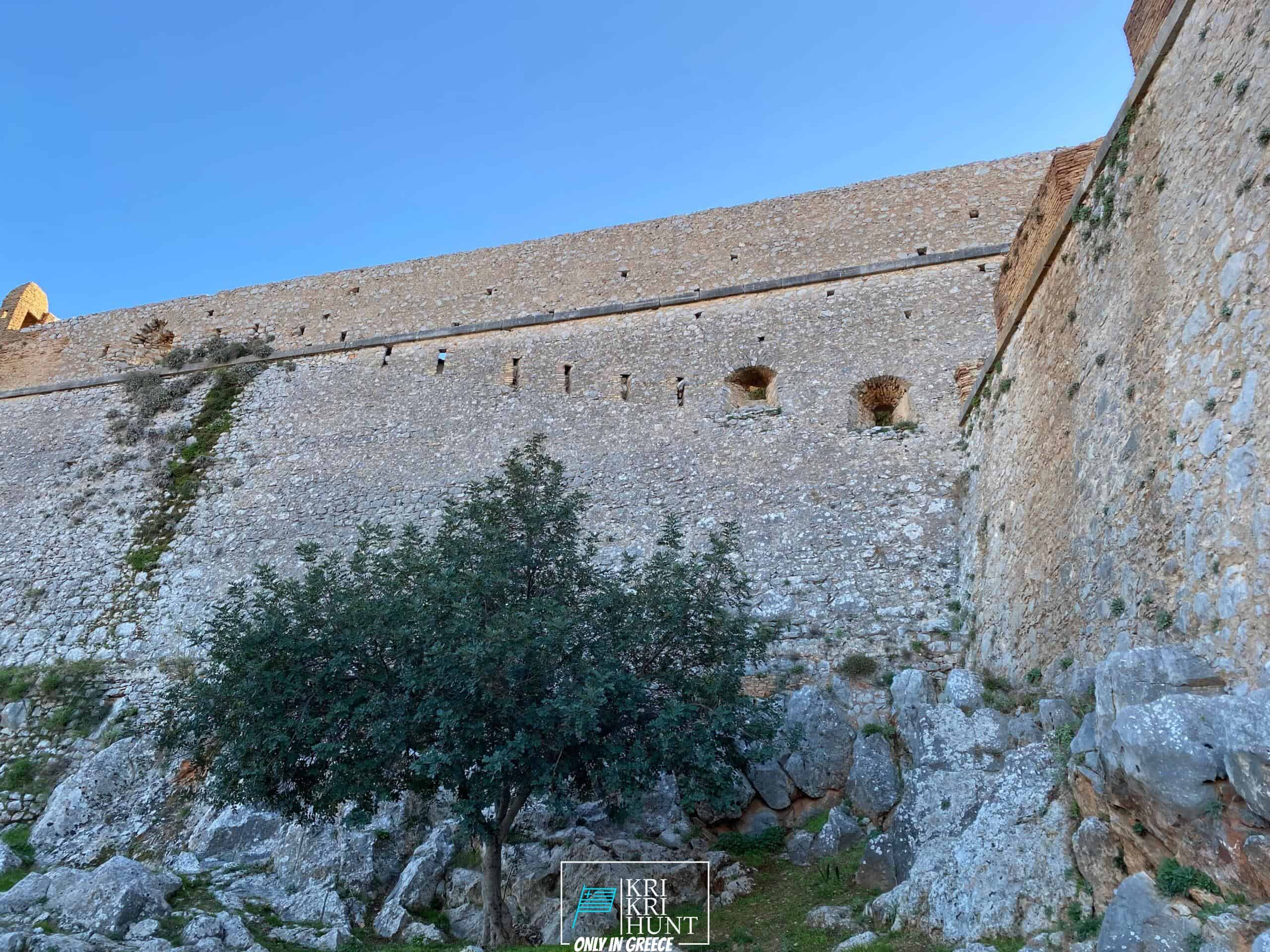
The ibex quest is an unbelievable trip as well as exciting hunting exploration in Greece. It is not always a difficult hunt and also undesirable problems for most hunters. What else would you such as to dream of during your scenic tour of old Greece, diving to shipwrecks, and searching for Kri Kri ibex on an unique island for 5 days?

This Ibex is NOT a small kind of the Bezoar Ibex, which has actually migrated into the western-most reach of the range of this varieties. The kri-kri (Capra aegagrus cretica), likewise called the Cretan goat, Agrimi, or Cretan Ibex, is a native goat types living in the eastern Mediterranean, which was when believed to be a subspecies of wild goat. This kri-kri is a feral goat with a light brownish coat with a dark collar. They have 2 sweeping horns on their heads. During the day, they rest and also prevent visitors, avoiding visitors. The kri-kri can jump a long way or scale seemingly vertical high cliffs.
When you get here in the Peloponnese peninsula is the stunningly attractive landscape, the first thing you will observe. The hills, forests, lakes, and also rivers make this area a nature lover's paradise. There are also plenty of chances for hiking, angling, swimming, as well as other outdoor activities. However the Peloponnese peninsula is not nearly its all-natural beauty; there are also countless historic and also cultural websites to discover. Do not fail to remember likewise angling, free-diving and also searching. Several of one of the most popular visitor locations in the Peloponnese include ancient Olympia, Epidaurus, Mycenae, as well as Sparta. These destinations provide an interesting peek into Greece's abundant background and also culture. If you are interested in learning more about Greek folklore, then you will certainly want to go to Mount Olympus, home of the 12 Olympian gods. Obviously, no trip to Greece would certainly be total without attempting several of the tasty food. The Peloponnese peninsula is home to a few of the best olive oil in the world in addition to feta cheese, olives, honey, as well as wine. Make certain to attempt several of the neighborhood specializeds such as dolma (stuffed grape leaves), Souvlaki (grilled meat skewers), as well as Gyro (meat covered in pita bread).
If you're searching for an authentic Greek experience, then look no more than our outside searching in Greece with fishing, and totally free diving trips of Peloponnese. This is a remarkable means to see whatever that this outstanding area has to supply. Reserve your trip today!
What is the diference between Kri Kri ibex, Bezoar ibex and hybrid ibex
The kri-kri is not thought to be indigenous to Crete, most likely having been imported to the island during the time of the Minoan civilization. Nevertheless, it is found nowhere else and is therefore endemic to Crete. It was common throughout the Aegean but the peaks of the 8,000 ft (2,400 m) White Mountains of Western Crete are their last strongholds–particularly a series of almost vertical 3,000 ft (900 m) cliffs called ‘the Untrodden’—at the head of the Samaria Gorge. This mountain range, which hosts another 14 endemic animal species, is protected as a UNESCO Biosphere Reserve. In total, their range extends to the White Mountains, the Samaria National Forest and the islets of Dia, Thodorou, and Agii Pandes.
This Ibex is NOT a diminutive form of the Bezoar Ibex, which has migrated into the western-most reach of the range of this species. The kri – kri (Capra aegagrus cretica), sometimes called the Cretan goat, Agrimi, or Cretan Ibex, is a feral goat inhabiting the Eastern Mediterranean, previously considered a subspecies of wild goat. The kri-kri has a light brownish coat with a darker band around its neck. It has two horns that sweep back from the head. In the wild they are shy and avoid tourists, resting during the day. The animal can leap some distance or climb seemingly sheer cliffs.
“The agrimi goat Capra aegagrus cretica is unique to Crete and its offshore islands. It has been identi®ed as a sub-species of the wild bezoar goat Capra aegagrus aegagrus Erxleben, 1777, which it closely resembles in horn shape, body form and coloration. This classi®cation has been disputed by some researchers who claim that the agrimi are feral goats, derived from early domestic stock brought to the island by the ®rst Neolithic settlers. In order to clarify this issue, DNA analyses (cytochrome b and D loop sequences) were carried out on tissue of live and skeletonized agrimi and compared to sequences of wild and domestic caprines. Results conclusively show the agrimi to be a feral animal, that clades with domestic goats (Capra hircus) rather than with wild Asiatic bezoar. This study demonstrates that morphometric criteria do not necessarily re¯ect genetic af®nities, and that the taxonomic classi®cation of agrimi should be revised.”